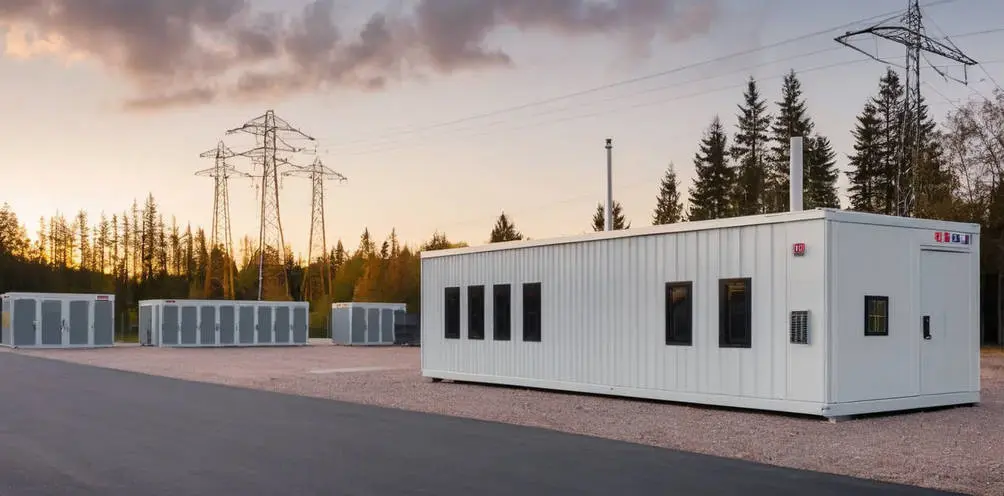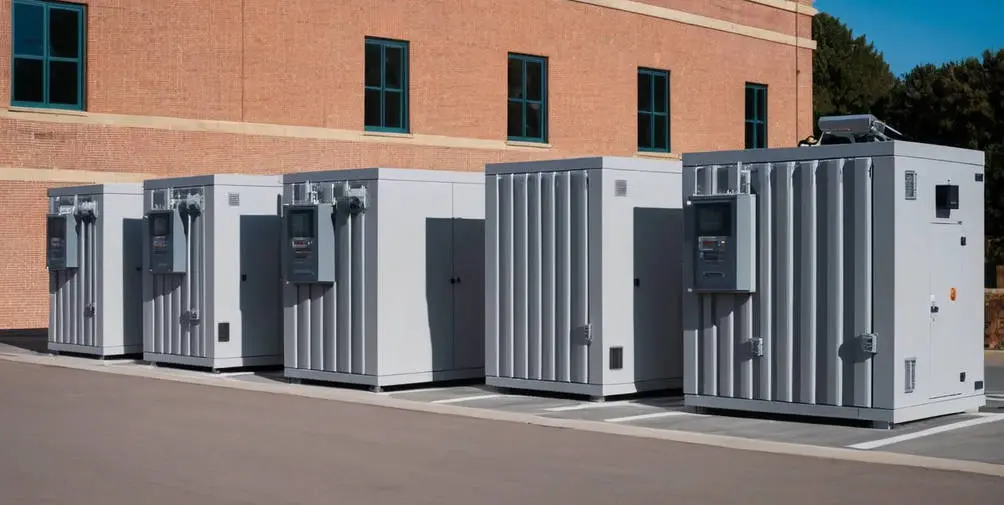Prefabricated substations play a critical role in electricity distribution by stepping voltages up or down to allow efficient power transmission over long distances.
Compared to traditional built-on-site substations, prefabricated substations offer advantages like faster deployment, lower costs, smaller footprints, and flexibility. This comprehensive overview from JET Hotel Solutions (https://www.jethotelsolutions.com/) examines what prefabricated substations are, their key components, how they work, where they are used, and their benefits compared to conventional substation designs.
What Are Prefabricated Substations?
A prefabricated substation is an all-in-one electricity distribution substation that is manufactured and assembled off-site before being delivered and installed. Prefabricated substations house all the necessary components like transformers, switchgear, monitoring devices, and controllers within a single pre-engineered enclosure or skid.
This differs from traditional substations that are custom designed and built from the ground up on the final site location. Prefabricated units offer streamlined manufacturing, transportation, permitting, installation, and commissioning compared to field-built stations.
Prefabricated substations are available in standard designs from most electrical equipment suppliers. They can also be customized to specific voltage, capacity, feature, and layout requirements if needed.
Common configurations include metal-clad and concrete-enclosed designs in both indoor and outdoor types.
Key Components of a Prefabricated Substation
While available in many layouts, prefabricated substations generally contain the following key components and systems:
- High voltage switchgear such as circuit breakers, switches, and relays to control and protect HV line connections
- Step-down power transformers to reduce transmission voltages to lower distribution levels
- Low voltage switchboards to distribute and control LV power to end users
- Monitoring and control equipment like meters, sensors, automation systems, and HMI interfaces
- Auxiliary systems for ventilation, heating, fire suppression, security, and lighting
- Structural frame, walls, roofing, and foundations to support and house components
- Safety systems like arc flash barriers, insulated buswork, and physical access controls
- Equipment is pre-installed and wired in an organized layout within the enclosure to enable quick interconnectivity onsite. The integrated assembly facilitates permitting, testing, and commissioning compared to field construction.
How Do Prefabricated Substations Work?
Prefabricated substations operate similarly to traditional substations but with consolidated components within one pre-engineered enclosure. Their core purpose is to transform higher transmission voltages to lower distribution voltages that can be used by commercial, industrial, and residential end users.
Transmission lines from power generation plants deliver electricity at high voltages like 115kV or 230kV to the prefabricated substation input. This high voltage feed connects to the primary side of step-down power transformers through switchgear that provides overcurrent protection and disconnect capabilities.
The transformers convert the high input voltages down to common U.S. medium voltage distribution levels like 12kV or 34kV. These lower medium voltages interconnect to low voltage switchboards through additional protective devices.
The switchboards then further reduce the voltages down to 120/240V or 480V for delivery to end use loads through outgoing distribution lines and feeders.
Throughout the process, the various switchgear, relaying devices, sensors, and automation systems monitor, control, and protect the substation equipment and downstream networks. Operators locally or remotely interface with the substation through HMIs to control operations and respond to changes in demand.
Benefits of Prefabricated vs. Conventional Substations
Prefabricated substations offer noteworthy advantages over traditional field-constructed designs:
- Faster deployment – Manufacturing substations offsite in parallel enables much quicker installation timelines.
- Lower costs – Leveraging standardized designs provides economies of scale that reduce costs by 15-30%.
- Smaller footprints – Integrating all equipment into one compact enclosure minimizes required land.
- Flexibility – Prefab units can readily relocate if needs shift; standardized designs allow incremental capacity growth.
- Testing – Components and assemblies can be factory tested and commissioned before final site installation.
- Permitting – Offsite construction avoids onsite permitting complexities and restrictions.
- Reduced risks – Manufacturing in controlled environments enhances quality control and safety.
- Environmental – Prefab enclosures provide noise reduction and containment options for sensitive areas.
In summary, prefabricated substations facilitate faster and lower cost deployments in space constrained regions, temporary applications, disaster recovery, and flexible growth scenarios. Their integrated offsite construction better controls quality while reducing onsite issues and permitting hurdles.
Applications and Uses of Prefabricated Substations
Thanks to their advantages, prefabricated substations serve numerous applications across utility, commercial, and industrial sectors:
- Temporary power for construction sites
- Disaster recovery and emergency response
- Rapid grid expansions in developing areas
- Incremental capacity growth in congested regions
- Density constrained urban locations
- Remote mining and drilling operations
- Temporary events like concerts or sports
- Reliable backup power for facilities
- Process intensive industries like oil & gas
- Military forward operating bases
- Remote weather monitoring stations
- Temporary bypass during substation upgrades
Prefabricated substations are also increasingly adopted in densely populated cities where land constraints and permitting delays can hamper conventional field-built stations. Their compact footprints and noise mitigation make them suitable for urban areas.
In summary, prefabricated substations fill diverse niche applications where traditional field-constructed designs would be impractical or constrained. Their flexible yet robust designs make them a versatile solution for challenging electrical distribution needs.
Prefabricated Substations for Hotels and Resorts

Their small footprints also help minimize space demands on valuable real estate compared to sprawling conventional substations.
Tight project timelines can readily be met with accelerated prefab fabrication, delivery, and installation. And their quiet operation makes prefabricated substations suitable for hotels in noise-sensitive urban settings.
Our company recommend that properties work with electrical engineers and utilities early in renovation planning to determine substation sizing, safety, and siting requirements. JET can then help source suitable prefabricated substation solutions from trusted OEMs that integrate with the property’s distribution network and monitoring infrastructure.
Compared to field-built stations, prefabricated substations simplify the capacity increase process for hotels.

